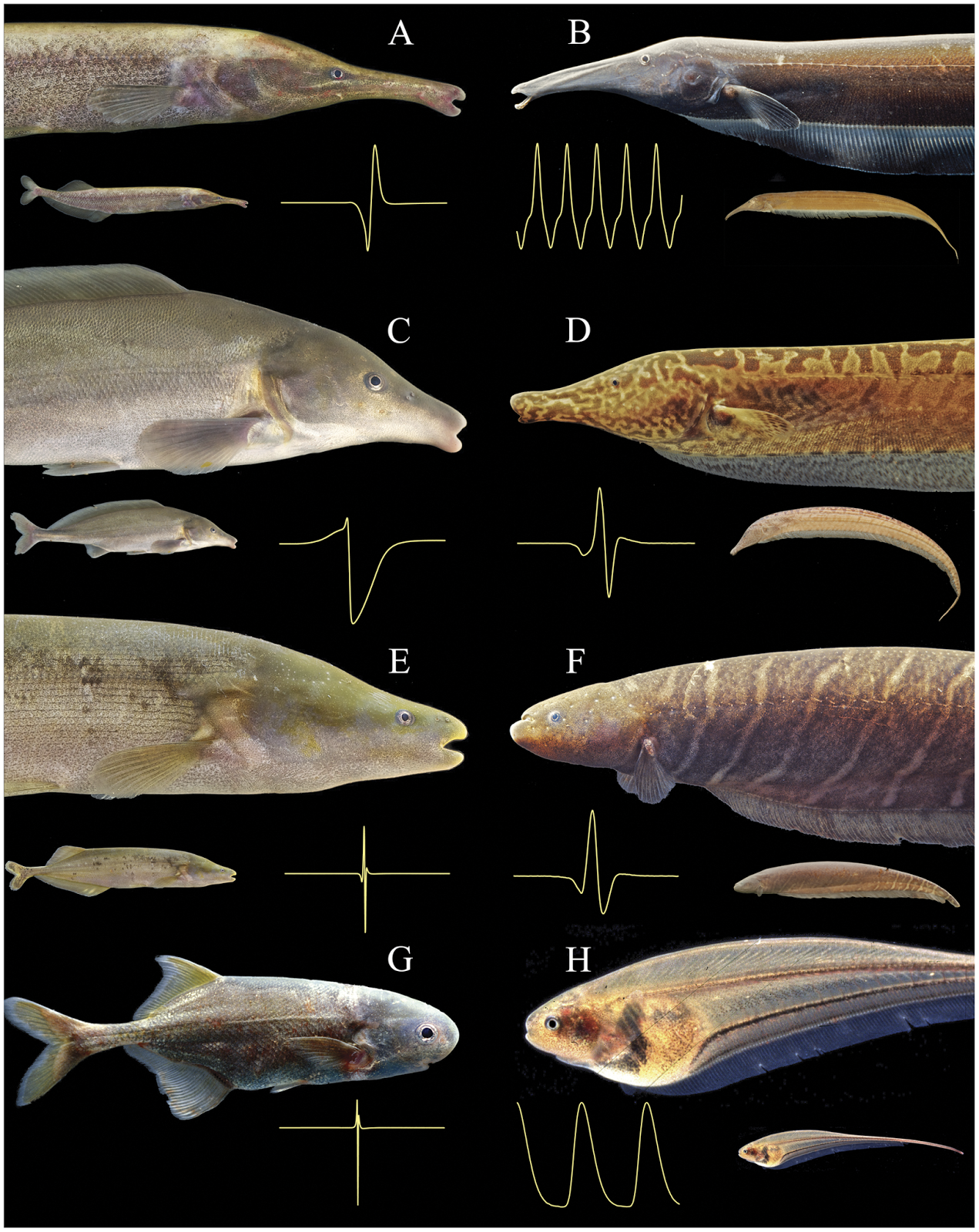![]() |
Gracixalus lumarius
FIGURE 2. Dorsolateral view of Gracixalus lumarius sp. nov. in life showing variation in skin texture (A) male holotype AMS R 176202, (B) male paratype AMS R 173890.
FIGURE 7. (B) phyptotelm in which holotype of Gracixaluslumarius sp. nov. (AMS R 176202) and eggs (AMS R 176213) were collected. |
Abstract
We describe a distinctive new species of phytotelm-breeding rhacophorid frog from central Vietnam. Gracixalus lumarius sp. nov. is distinguished from all other rhacophorids in Indochina by a combination of (1) medium body size (adult males 38.9–41.6 mm; adult female 36.3 mm), (2) dorsum brown diurnally and yellow nocturnally, (3) venter pink, (4) tympanum and supratympanic fold indistinct (5) iris dark gold with a dense, relatively uniformly distributed network of black reticulations, (6) dorsum with distinctive white conical tubercles in males, and (7) eggs deposited on wall of a phyptotelm. The new species is known from montane bamboo and montane evergreen forest in Ngoc Linh Nature Reserve in Kon Tum Province, between ~1845–2160 m elevation.
Key words: Amphibian, montane, Southeast Asia
![]() |
FIGURE 2. Dorsolateral view of Gracixaluslumarius sp. nov. in life showing variation in skin texture (A) male holotype AMS R 176202,
(B) male paratype AMS R 173890, (C) male paratype AMS R 173889. |
Etymology. Specific name from lumarius L., meaning of thorns, in reference to the extensive conical tubercles over the dorsal surface of the new species.
Suggested common name. Thorny Tree Frog (English), Ếch cây gai (Vietnamese)
Ecology. The holotype was found underwater in a tree hole with conspecific eggs on the wall of the phyptotelm (Fig 7B). All other specimens were found on arboreal vegetation, away from streams or ponds in montane evergreen or bamboo forest (eg. Fig 7A). The advertisement call and larvae of the new species are
unknown. At present, the species is only known from montane bamboo and evergreen forest (>1800 m) on Mount Ngoc Linh and adjacent peaks, with less than 20 km between the farthest localities. The distribution of the species is unknown, but is likely to be restricted to high-elevation forest on Mount Ngoc Linh and adjacent peaks.
Discussion
The fauna of Mount Ngoc Linh and surrounding peaks is characterized by high endemism (Jenkins et al. 2007), and Gracixaluslumarius sp. nov. is among several high-elevation (>1700 m) frog species known only from this area. Both Leptobrachiumngoclinhense (Orlov) and Thelodermanebulosum Rowley Le, Hoang, Dau & Cao were described from Ngoc Linh and adjacent peaks, and currently appear to be endemic to them. This is perhaps not surprising given the isolation of this area from other high elevation (>1800 m) forest.
Frogs that breed in phytotelmata represent only ~2% of currently recognized anuran taxa (Lehtinen et al. 2004). Within the family Rhacophoridae, at least nine species of obligate phytotelm breeders with free living larvae are known (Lehtinen et al. 2004). These species currently fall within the genera Chiromantis, Kurixalus, Nyctixalus and Theloderma. Although tadpoles were not observed, Gracixaluslumarius sp. nov. is almost certainly an obligate phytotelm breeder and has free-living tadpoles, given the observed oviposition above water, and relatively small, pigmented ova (R. Altig pers. comm). Phyptotelm breeding is generally interpreted as a strategy to avoid predation, competition, or unfavourable abiotic conditions in the ancestral water body (Crump 1982; Duellman & Trueb 1986). However, the relatively high availability of water-filled tree-holes and rarity of streams or pools above 1800 m in the study area may indicate that the species is simply taking advantage of the most available water source.
The distinctive, white conical asperities on the dorsum of the new species are unique among known species in the family Rhacophoridae, however similar conspicuous asperities on the dorsum of males are known in some species of Afrixalus (Hyperoliidae), Boophis (Mantellidae), and Osteocephalus (Hylidae). Previous authors have speculated that sexual dimorphism in skin texture may facilitate sex recognition in frogs (Jungfer & Hoedl 2002), and at least in Osteocephalus, males only display tuberculate dorsal skin with keratinized spicules during the breeding season, while females have a more or less smooth dorsum Jungfer et al. 2013). Based on the type series, it appears that only male Gracixaluslumarius sp. nov. have a tuberculate dorsum with distinctive, white conical asperities, and that the size of asperities may be associated with breeding readiness. The male holotype collected in the dry season (April) with distinct nuptial pads and found with conspecific eggs also had the most distinctive asperities. In contrast, the two adult males collected in the wet season (July), had no distinct nuptial pads and less obvious (but still very distinct) white conical asperities, suggesting that the asperities remain present but are less distinct in the non-breeding season.
JODI J. L. ROWLEY, DUONG THI THUY LE, VINH QUANG DAU, HUY DUC HOANG & TRUNG TIEN CAO. 2014. A Striking New Species of Phytotelm-Breeding Tree Frog (Anura: Rhacophoridae) from central Vietnam.
Zootaxa.
3785(1); 25–37.











































